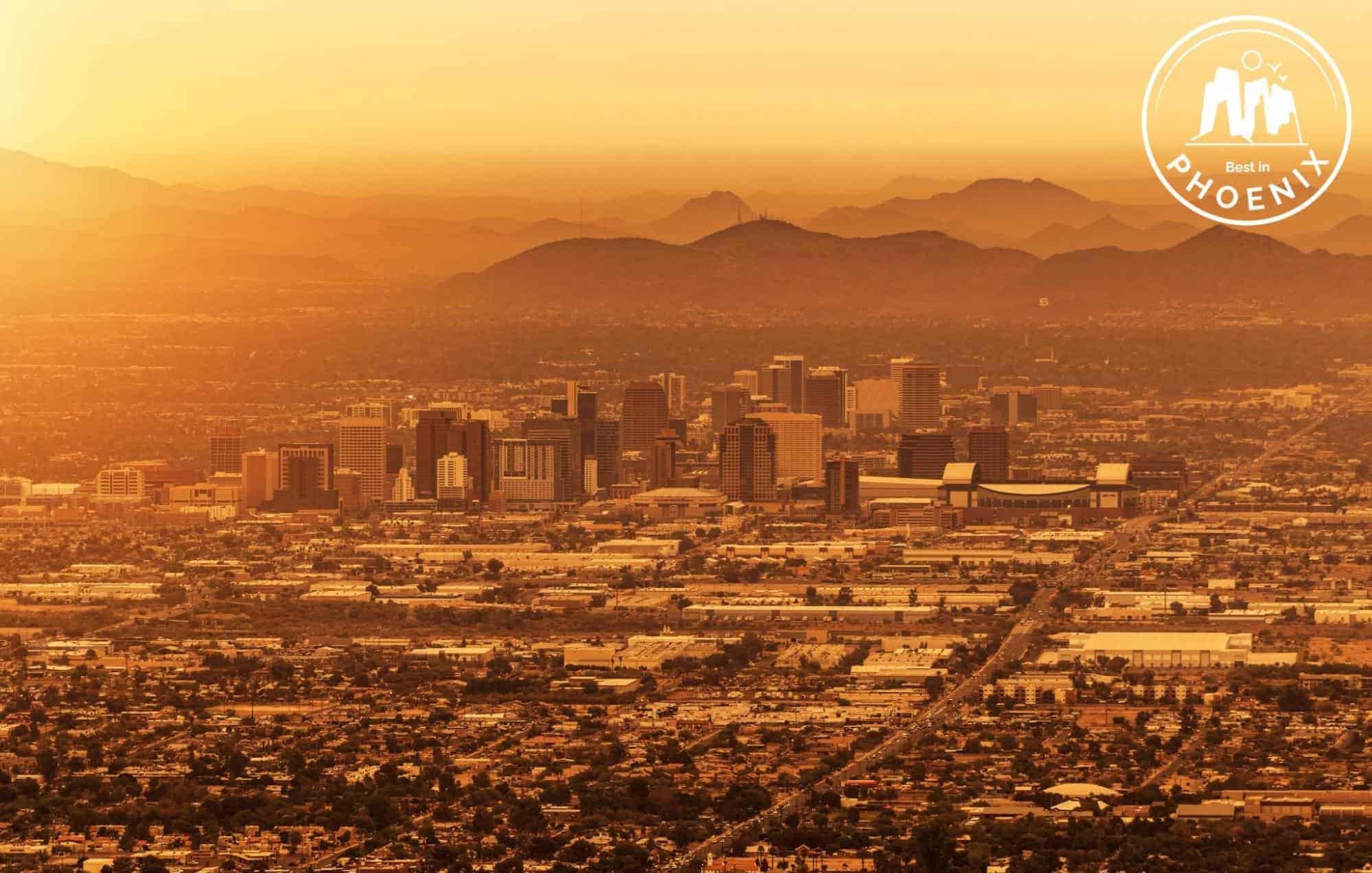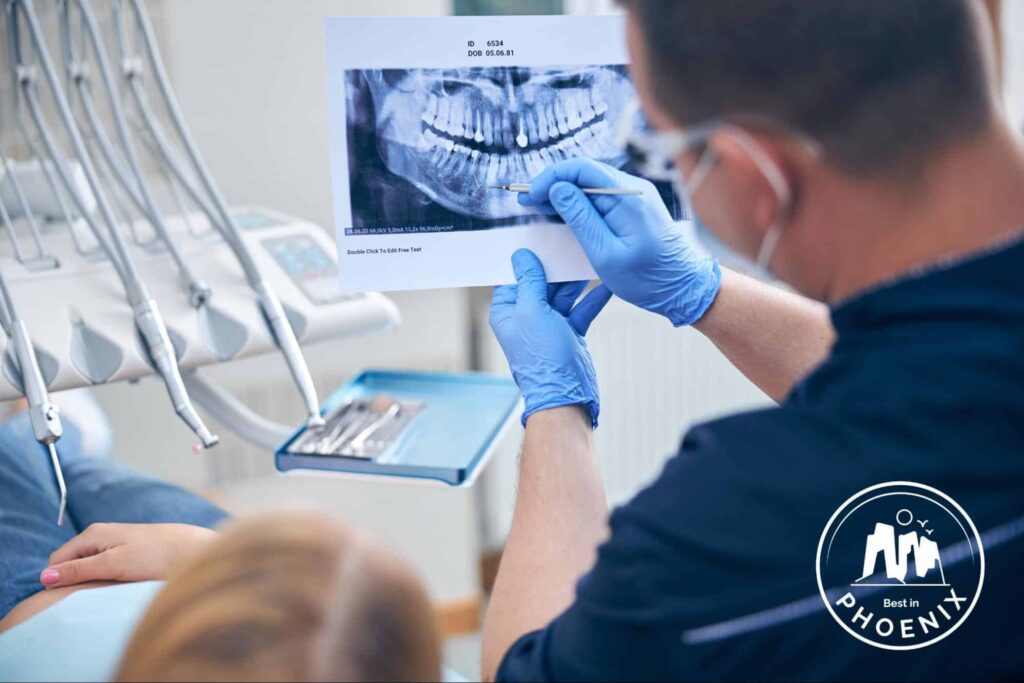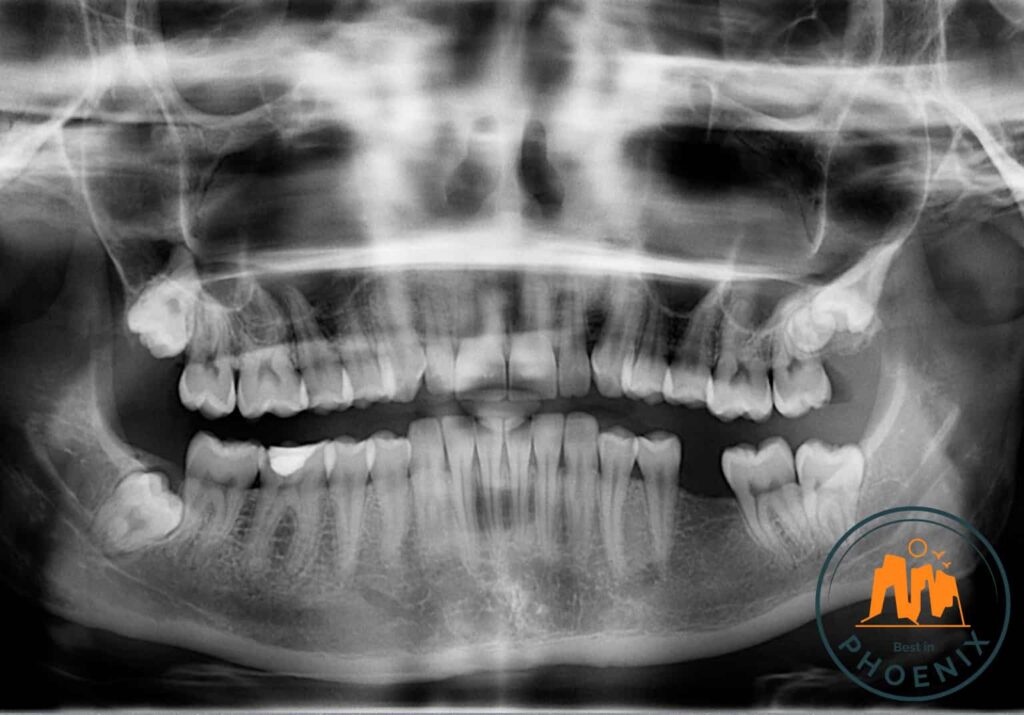Categories > Guides and Tips

Why does Phoenix get so hot?
- Why does Phoenix get so hot?
- Phoenix is close to the equator.
- Phoenix has a low elevation.
- There is high air pressure above Phoenix.
- Phoenix is an urban heat island.
- How to avoid high electricity bills in Phoenix
- Consider having solar panels installed.
- Which type of solar panel is best?
- Price
- Solar Panel Cell Type
- Durability
- Invest in energy-efficient HVAC units.
- Guide to understanding HVAC energy efficiency ratings
- Coefficient of Performance (COP)
- Energy Efficiency Ratio (EER)
- Seasonal Energy Efficiency Ratio (SEER)
- Heating Seasonal Performance Factor (HSPF)
- Energy Star
- Regularly have your air conditioning units and refrigerator quality-maintained.
- How do I know if my air conditioner needs maintenance?
- There’s a sudden increase in your electricity bill.
- The air being blown out is not as cold.
- There's a strange odor coming from your AC.
- Your AC is making strange noises.
- Your AC has a weak air flow.
- Looking for ways to beat the heat?
- OdySea Aquarium
- AZ Ice Peoria
- Arizona Biltmore
Phoenix is the hottest city in the United States, and it keeps getting hotter. There’s not much of a surprise there, considering that it’s located in the Sonoran Desert.
Surprisingly, though, it’s the fifth largest and most populous city in the country. Despite the scorching heat, people flock to the city for its casual and laid back atmosphere.
As with desert climates, the weather is always in extremes – when it’s hot, it’s extremely hot; and when it’s cold, it’s extremely cold.
Recent years, however, have shown that the nights are no longer as cold as they used to be. This could be attributed to global warming, but there are other reasons why this is the case.
Why does Phoenix get so hot?
Phoenix gets hot for four major reasons:
- Its proximity to the equator
- Its low elevation
- High air pressure
- Its identity as an urban heat island
Read on below as we get into detail for each of these reasons.
1. Phoenix is close to the equator.
According to the most recent data, Arizona’s distance to the equator is only about 2,300 miles. This means that it absorbs a ton of the sun’s energy, thereby increasing the temperature.
In the summer, days tend to be longer in the Northern Hemisphere, where Arizona is. This results in longer and hotter summer days.
2. Phoenix has a low elevation.
A higher elevation would typically keep a place cooler, but Phoenix sits at a low elevation of 1,000 feet above sea level.
At this altitude, the atmosphere is unable to filter the sun’s rays as much, causing the heat to be harsher than those at higher elevations.
3. There is high air pressure above Phoenix.
Because Phoenix sits at a low elevation, there is more room above for high air pressure to exist. When this happens, rain-bringing clouds are unable to form which makes the air dry.
Dry air shoots up the temperature more than humid air does. This also explains why deserts that naturally sit at low elevations are extremely hot.
4. Phoenix is an urban heat island.
An urban heat island is brought about by developments and modernization. This happens when a certain city becomes much warmer in comparison to surrounding rural and less developed areas.
Over the past decade, Phoenix has seen a rapid increase in city modernization and population growth. This has led to the building of concrete structures and the decline of vegetation and other natural environmental resources.
Building materials such as concrete and asphalt absorb and retain heat. Hence, they contribute significantly to the increase of ground temperature.
How to avoid high electricity bills in Phoenix
Because of the rapid population growth in Phoenix, the city has also seen an increased demand in electricity. Citizens have resorted to a few energy-saving measures in order to alleviate this utility cost.
1. Consider having solar panels installed.
Because Phoenix gets so much sun, a lot of residents are having solar panels installed on their roofs.
Solar panels are made up of tiny photovoltaic cells that convert sunlight into electricity. These are semi-conductive materials that absorb the sun’s energy and generate direct current electricity.
The direct current electricity is then sent into a solar inverter, converting it into alternating current energy, which is what we use to power our appliances.
And because you’re technically using “free” energy from the sun, this significantly lowers the electricity you need from your local provider. It’s a low-risk, high-return investment that usually works up to 25 years.
Which type of solar panel is best?
When choosing a solar panel for your home, take note of these 3 important factors – price, solar panel cell type, and durability.
1. Price
Admittedly, solar panels are a hefty investment. They don’t come cheap and the price is often relative to the size that you need.
Solar panels in Phoenix will typically cost an average of $13,000 for an entire system of a smaller home. More high-end brands could go up to $48,000.
Usually, solar panels are sold per watt and comes at an average of $2.64 a piece. So for the commonly-offered 6,000 watt, you’d shell out more or less $15,840.
Make sure to do your research on which solar panel installers are worth the investment. Just because one company is more expensive, doesn’t mean that they’re the better choice.
Look into what other offers they have for you. Some have better warranty deals, others offer free maintenance, while there are some that use more premium materials.
2. Solar Panel Cell Type
In Arizona, there are three common types of solar panel cells – polycrystalline, monocrystalline, and thin film panels.
The most expensive ones are the monocrystalline panels because they’re created from silicon crystals. They exude a sleek, black, and more subtle look than polycrystalline panels.
Apart from aesthetics, they’re also usually the best at absorbing and producing energy.
On the other hand, polycrystalline panels are made of small silicon crystal fragments that were pieced together. They’re bright blue in color which makes them stand out more and are generally less expensive.
Thin film panels aren’t usually recommended in Arizona, but you do see them occasionally. They’re relatively cheaper than the other two types because they don’t perform the best in extremely sunny weather.
They typically perform better under moderate sun and are mostly seen on commercial properties.
3. Durability
Monocrystalline panels are typically more durable and last longer than the other two types. However, they do come at a higher cost.
If you’re working with a strict budget, polycrystalline panels will still save you an ample amount of energy and utility cost. They should also last you up to 25 years, provided that they’re well-maintained.
2. Invest in energy-efficient HVAC units.
HVAC or heating, ventilation, and air conditioning units are essential for any home, especially for places with dry and hot climates.
HVAC units control the environmental conditions within a home to provide utmost comfort, regardless of the weather outside.
These days, there are more HVAC units that are marketed as energy-efficient. Typically, they consume around 30-50% less energy than regular HVAC units.
The downside is, these energy-efficient units are a lot more expensive initially, but prove to be the better investments in the long run.
Guide to understanding HVAC energy efficiency ratings
HVAC units will typically come with system ratings – the COP, the EER, SEER, HSPF, and Energy Star. While it may sound confusing, each one actually gives you a better idea of which HVAC unit will work best for your home.
1. Coefficient of Performance (COP)
The Coefficient of Performance measures the amount of power used by a system vis-a-vis the amount of power output. A larger number equates to higher efficiency.
HVAC units typically run a COP value of 2 to 4. When looking at HVAC units, choose one that has a higher COP value.
2. Energy Efficiency Ratio (EER)
The Energy Efficiency Ratio refers to an air conditioning unit’s cooling energy output and electrical energy input ratio. Hence, the higher the EER is, the more efficient an air conditioning unit is.
When shopping for an air conditioner, look for ones that have an EER rating of 8.5 and above.
3. Seasonal Energy Efficiency Ratio (SEER)
The first thing people look for in an HVAC unit is the Seasonal Energy Efficiency Ratio – and rightfully so. The SEER is similar to EER, but takes it a step further by measuring how a unit will perform in varying temperatures as the seasons change.
For air conditioners, the minimum standard rating of SEER is 13. It’s best to choose a unit with a higher SEER rating, as that would mean better energy efficiency.
4. Heating Seasonal Performance Factor (HSPF)
Contrary to the SEER, the Heating Seasonal Performance Factor looks at the efficiency of a heating unit. A higher HSPF value means that your unit will consume less energy in producing more heat.
It’s recommended to look for heat pumps with HSPF ratings that go above 8.
5. Energy Star
Energy Star is a rating system designed by the Environmental Protection Agency to serve as a guide for consumers as to which products are energy efficient.
It’s generally safe to assume that HVAC units with an Energy Star ratings perform better in terms of lowering your electricity costs.
3. Regularly have your air conditioning units and refrigerator quality-maintained.
Because it’s hot in Phoenix, cooling appliances such as your air conditioner and refrigerator are prone to overworking and breakage.
In order to avoid this, get them regularly checked and maintained just to make sure that everything is working as they should be.
Overworking air conditioners and refrigerators tend to incur higher energy costs. It’s better to prevent possible malfunctions than to have to buy new units because they broke.
How do I know if my air conditioner needs maintenance?
Air conditioners are generally recommended for maintenance checks every 6 months. However, there are telltale signs when your AC unit is already due for one.
1. There’s a sudden increase in your electricity bill.
If you notice an unusual spike in your electricity bill, your AC unit might be the culprit. A broken thermostat, leaks, or even a dirty filter could make your AC overwork, thereby increasing the amount of energy it consumes.
2. The air being blown out is not as cold.
Warm air coming out of an AC is not normal. It may be due to restricted airflow, an issue with the compressor, or a clogged condenser fan.
When these happen, the AC won’t function properly, nor will it blow out cool air. Repairs in these cases should be done by a professional, so it’s best to call one rather than attempt to fix it yourself.
3. There’s a strange odor coming from your AC.
In some instances, an AC will emit a funky smell upon being turned on. There are many reasons for this – either there’s burnt-out wire somewhere, mold is growing inside, or the AC filter is due for a cleaning.
4. Your AC is making strange noises.
AC units produce normal low humming sounds, but anything louder than that may be a cause for concern. Loud thumping, buzzing, rattling, or anything else that wasn’t usually there might point to a larger issue and should immediately be seen by a professional.
5. Your AC has a weak air flow.
If you notice that your AC is producing little blows of cool air and is having a hard time cooling a room, it’s usually an indicator of a failing compressor or an issue with the ducts. When this happens, call a professional technician to have your unit repaired as soon as possible.
Looking for ways to beat the heat?
In case the heat gets too much to bear, we found a few spots that you or even kids would enjoy.
1. OdySea Aquarium

Image source: OdySea Aquarium
Website: https://www.odyseaaquarium.com/
Ticket Rates: Starts at $41.95 for adults
Address: 9500 E Via De Ventura, Suite A-100, Scottsdale, AZ 85256
Contact Number: (480) 291-8000
Business Hours: Monday to Sunday, 9AM–7PM
OdySea Aquarium is a great place to see and interact with various sea creatures. It’s a multi-level, state-of-the-art facility that boasts the largest aquarium in Arizona.
Among its most popular attractions is the Voyager, a 46-feet stadium theater with large viewing windows for an amazing rotating aquarium experience.
For a more immersive experience, certified instructors will guide you in SeaTREK. It’s a unique underwater walk where you’ll don a helmet and a wetsuit and see colorful fish, stingrays, and sharks up close.
Here’s a little tip: if you come after 4:30PM at any day of the week, you can experience the whole aquarium for just $27 – kids and adults included!
2. AZ Ice Peoria

Image source: Ev W. via Yelp
Website: https://azicepeoria.com/
Ticket Rates: Starts at $9.50 for kids and adults above 13 years old
Address: 15829 N 83rd Ave, Peoria, AZ 85382
Contact Number: (623) 334-1200
Business Hours: Monday to Sunday, 5:30AM–11PM
AZ Ice Peoria boasts two large ice rinks where you can learn figure skating, hockey, or simply have an ice day with your friends.
There are also several dining options inside, including concessionaires and a bar. And, if you’re looking to have an event here, they cater to those as well.
If you’ll come as a large group, make sure to call ahead as sometimes they have ongoing skating or hockey lessons in the rinks.
3. Arizona Biltmore

Image source: Arizona Biltmore
Website: https://www.arizonabiltmore.com/
Ticket Rates: Starts at $55 for adults
Address: 2400 E. Missouri Ave Phoenix, AZ 85016
Contact Number: (602) 955-6600
Business Hours: Open 24/7
Arizona Biltmore is known for its colorful history and is recognized for its Frank Lloyd Wright architectural design. It’s the place to be for stylish accommodations, enchanting pools, and relaxing spas.
Spend the day at their Saguaro Pool – an adults-only oasis where you can enjoy a refreshing dip and sip on an icy, delicious cocktail under the heat of the sun.
Afterwards, you can laze away at the Tierra Luna Spa and Sol Garden.
It’s a dedicated place where people come to relax and feel at one with nature’s healing powers – complete with indoor and outdoor treatment rooms, a bar oasis, and a hot and cold plunge pool.
What are your top tips for beating the summer heat in Phoenix? Let us know in the comments below!





